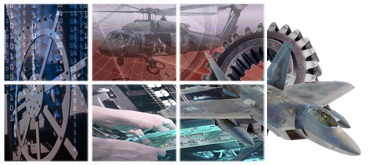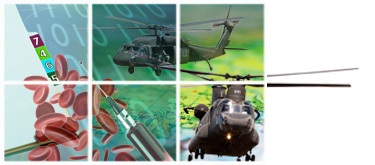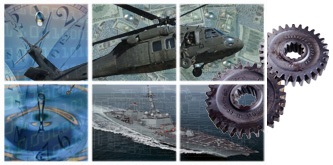The FAMOS OSAI Method™ technology is a system for developing and executing distributed military simulation applications. The technology reduces the time and effort needed to develop and deploy distributed simulation applications and helps establish knowledge sharing and semantic integration among modeling and simulation applications.
In this initiative, KBSI collaborated with the Air Force to build a system for the development and execution of distributed military simulation applications. The Framework for Adaptive Modeling and Ontology-driven Simulation (FAMOS OSAI Method™) reduces the time and effort required for developing and deploying distributed simulation applications and lays the groundwork for knowledge sharing, communication, and semantic integration among modeling and simulation applications.





